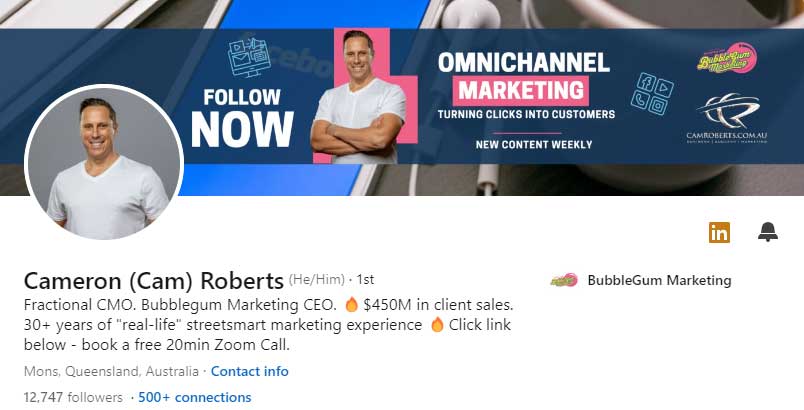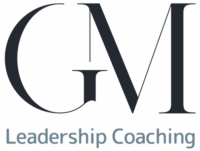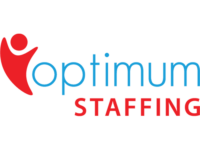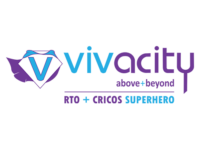What is a Sales Funnel? Stages and Strategy Explained for 2024
By Cameron Roberts – Founder & CEO of Bubblegum Marketing,
Posted On December 13, 2023
Have you ever found yourself scrolling through your favourite websites, only to discover that they seem to know exactly what you like? That’s no coincidence—it’s the power of something called a ‘sales funnel.’ Imagine it as a roadmap guiding you from simply finding a cool product to actually making it yours. Now, you might be wondering, what exactly is a sales funnel? Well, it’s like a friendly guide that businesses use to turn your interest into action.
Picture this: you spot an ad for the latest gaming console or a fabulous pair of sneakers. That’s where the journey begins! The sales funnel takes you through different stages, each with a specific purpose. First up is the ‘Awareness’ stage. This is where businesses catch your attention by showing you cool stuff. Then comes the ‘Interest’ stage, where they share more details about the product, making you even more curious.
As you move along, you hit the ‘Consideration’ stage. Now, businesses are like friendly guides, helping you decide if their product is right for you. Next is the ‘Intent’ stage, where you’re almost ready to make a decision. Businesses might offer special deals or more information to seal the deal. Finally, you reach the ‘Purchase’ stage—it’s time to make it official! The sales funnel ensures the process is smooth and easy for you.
But wait, it doesn’t end there! After you’ve made a purchase, there’s the ‘Post-Purchase’ stage, where businesses make sure you’re super happy. It’s like having a friend who cares about you even after you’ve bought something. Do you find this content helpful? If yes, keep reading this exclusive blog for more information on the sales funnel, from stages to strategy for 2024.
Overview of Sales Funnel
Before we delve deep into the complexities of this topic, let’s have an overview of a sales funnel. A sales funnel is like a roadmap that businesses use to guide potential customers from the first interaction to making a purchase. It’s a series of steps designed to turn someone who’s just heard about a product into a satisfied customer.
The journey involves creating awareness, building interest, providing valuable information, and encouraging decision-making. Businesses use the sales funnel to ensure a smooth transition from initial awareness to the final purchase, delivering a positive experience for customers throughout the process. Now that you are well aware of what a sales funnel is, it’s time to learn about the stages of a sales funnel.
Stages of a Sales Funnel
A sales funnel is a step-by-step process that businesses use to guide potential customers from awareness to purchasing. Each stage plays a crucial role in shaping the customer’s journey. Most of the funnels have five to six stages and since we are a customer-oriented business, ours has six.
But apart from the six stages of a sales funnel, you might hear people talking about the top, middle and bottom of the funnel. Even after knowing all the stages of a sales funnel, you might get confused between the above-stated terms. For comprehensive knowledge of the business funnels, you must know about TOFU, MOFU, and BOFU. Here’s what they are:
- TOFU: The top is where it all begins—with awareness. Think of it as the first taste of the cake. This is where businesses attract attention through ads, social media, or other means, introducing their offerings to a wider audience.
- MOFU: In the middle, we navigate through the consideration and intent stages. Here, potential customers ponder over their options, fueled by valuable information and incentives, inching closer to a decision.
- BOFU: At the bottom, we reach the sweet conclusion—the purchase stage. This is where customers decide to buy, and the transaction takes place smoothly.
Now let’s get familiar with all six stages of a sales funnel:
1. Awareness
The first stage of a sales funnel is ‘Awareness,’ where businesses aim to capture the attention of potential customers. This is the initial encounter, often facilitated through advertisements, social media, or other promotional efforts. The goal is to make people aware of a product or service.
2. Interest
Once awareness is established, the journey moves to the ‘Interest’ stage. Here, businesses provide more detailed information about the product, sparking curiosity and encouraging potential customers to learn more. The focus is on turning initial interest into deeper engagement.
3. Consideration
In the ‘Consideration’ stage, potential customers actively evaluate the product or service. Businesses provide valuable content, address queries, and showcase the benefits. This stage is critical, as it helps individuals weigh their options and make informed decisions.
4. Intent
The ‘Intent’ stage marks the transition from consideration to a decision. Potential customers express a strong interest and may be on the verge of making a purchase. Businesses often use targeted strategies, such as special deals or incentives, to encourage a commitment.
5. Purchase
The ‘Purchase’ stage is where the transaction occurs. Businesses ensure a seamless buying process, facilitating the actual acquisition of the product or service. This stage is the summit of the customer’s journey through the sales funnel. That’s what businesses want from customers.
6. Post-Purchase
The journey doesn’t end at just the ‘Purchase’ stage. Beyond the purchase, there’s one more stage that’s called the ‘Post-Purchase’ stage. This is about ensuring customer satisfaction, addressing any post-purchase concerns, and fostering loyalty. Businesses aim to create a positive experience to encourage repeat business and advocacy.
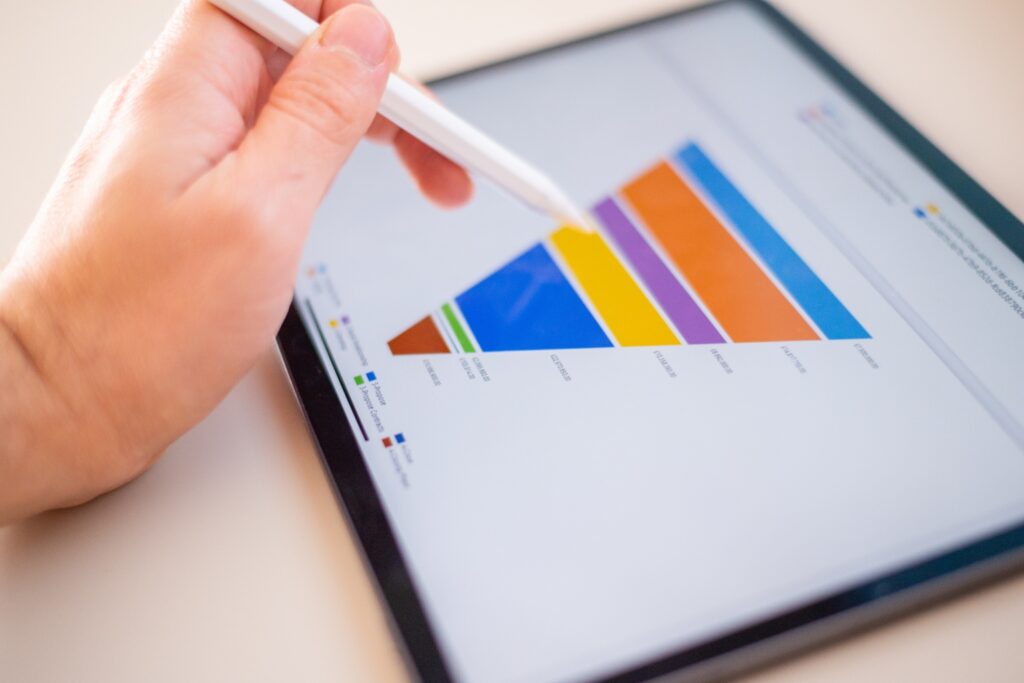
Steps to Build a Sales Funnel
After knowing the stages of a sales funnel, you might be excited to know the steps to building a sales funnel. And if you are, there is good news for you, building a sales funnel is not complicated. To build a sales funnel, you need to follow these simple steps:
1. Know Your Audience:
First, you need to understand who you want to reach. What are their likes and needs? Knowing this helps you create content that appeals to them.
2. Create Awareness:
Use simple media rich ads, social media, or friendly messages to let people know about your awesome product or service.
3. Spark Interest:
Share more details about what you offer. Make it interesting, like telling a friend about something cool. This gets people curious.
4. Provide Helpful information:
In the middle of the funnel, give useful information about your offerings. Answer questions and show how it can solve problems. It’s like being a helpful guide.
5. Encourage Decisions:
Now, you have to help your potential customers decide. Offer good deals or extra information to make the decision easy. Imagine helping a friend choose a movie to watch.
6. Make Buying Easy:
When a potential customer decides to buy your product or services, make sure the buying process is super easy! It was a bit like a smooth ride—no bumps or confusion. This is the purchase stage.
7. Check-In After Purchase:
After they invest in your product or services, check in to make sure they’re happy. It’s like a friend asking, “Did you like the gift?” This keeps customers smiling and indicates that you care.
Effective Strategies for 2024
As businesses navigate the ever-evolving landscape, adapting and refining strategies is essential for success. Here are some effective strategies to consider in 2024:
1. Artificial Intelligence Integration
Incorporate Artificial Intelligence (AI) into your sales funnel optimisation. Leverage AI-powered tools for personalised customer experiences, predictive analytics, and efficient data analysis. This technology can enhance decision-making processes and provide valuable insights into customer behaviour.
2. Personalisation and Customisation
Emphasise personalisation and customisation in your approach. Tailor your marketing messages, content, and product recommendations to individual preferences. Use customer data and insights to create a more personalised experience, fostering a stronger connection between your brand and customers.
3. Mobile-First Strategies
Given the increasing reliance on mobile devices, prioritise mobile-first strategies. Ensure that your website, content, and marketing campaigns are optimised for mobile users. This includes responsive web design, mobile-friendly content, and utilising mobile channels for targeted outreach.
4. Leveraging Social Media and Emerging Platforms
Harness the power of social media and explore emerging platforms. Engage with your audience on popular social media channels and stay informed about new platforms gaining traction. Utilise social media for interactive content, influencer collaborations, and real-time customer engagement.
5. Content Marketing Evolution
Adjust your content marketing strategies to reflect current trends. Concentrate on creating valuable, shareable content that speaks to your target audience. In order to increase engagement, incorporate a variety of content formats, such as video, interactive content, and user-generated content.
6. Data Privacy and Transparency
Prioritise data privacy and transparency in your business practices. With increasing concerns about data security, ensure that your customers feel secure and informed about how their data is collected, used, and protected. Implement robust cybersecurity measures to build trust.
7. Sustainable Business Practices
Adopt environmentally friendly business practices. Consumers are becoming more aware of environmental and social issues. Highlight your dedication to sustainability, whether through eco-friendly products, ethical sourcing, or CSR initiatives.
8. Customer Experience Enhancement
Place a strong emphasis on enhancing the overall customer experience. From the first point of contact to post-purchase interactions, prioritise seamless and positive experiences. Incorporate feedback loops, actively listen to customer needs, and make data-driven improvements.
9. Agile Marketing and Adaptability
Cultivate an elegant marketing mindset. Stay nimble and adaptable to changes in the market, industry trends, and customer preferences. Be ready to adjust strategies and embrace innovation to stay ahead of the curve.
10. Community Building and Engagement
Build and nurture a community around your brand. Encourage customer engagement, user-generated content, and community initiatives. A strong brand community fosters loyalty, advocacy, and a sense of belonging among your customers.
By incorporating these strategies into your business approach for 2024, you can position yourself to not only navigate the challenges but also thrive in an ever-changing business landscape.
Tools and Technologies
In the dynamic landscape of 2024, businesses will have a plethora of tools and technologies at their disposal to optimise and streamline their sales funnel strategies. These innovative solutions play a pivotal role in enhancing efficiency, understanding customer behaviour, and driving successful conversions. Here are some key tools and technologies to consider incorporating into your sales funnel strategy:
1. Customer Relationship Management (CRM) Software
Implementing CRM software is crucial for managing customer interactions and relationships throughout the sales funnel. These tools help in organising customer data, tracking leads, and improving communication, ensuring a personalised and efficient customer experience.
2. Marketing Automation Platforms
Streamline your marketing processes with automation platforms. These tools enable you to automate repetitive tasks, send targeted marketing messages, and nurture leads through the sales funnel. Marketing automation enhances efficiency and allows for more personalised engagement.
3. Analytics and Data Visualisation Tools
Gain valuable insights into customer behaviour and the performance of your sales funnel using analytics and data visualisation tools. Track key metrics, analyse trends, and make data-driven decisions to continuously optimise your strategy.
4. Artificial Intelligence (AI) and Machine Learning (ML) Tools
Integrate AI and ML tools to enhance the predictive capabilities of your sales funnel. These technologies can analyse vast amounts of data to predict customer preferences, optimise content delivery, and personalise the user experience.
5. A/B Testing Tools
Optimise your marketing campaigns by utilising A/B testing tools. These tools allow you to experiment with different elements of your content, such as headlines, images, or calls to action, to identify the most effective strategies for engaging your audience.
6. E-commerce Platforms
For businesses involved in online sales, choosing the right e-commerce platform is crucial. These platforms facilitate smooth transactions, secure payment processing, and provide a user-friendly interface for customers to make purchases.
7. Chatbots and Virtual Assistants
Enhance customer engagement and support with chatbots and virtual assistants. These tools can provide instant responses to customer queries, guide users through the sales funnel, and offer personalised recommendations.
8. Social Media Management Tools
Using social media management tools, you can effectively manage your social media presence. Schedule posts, monitor social conversations, and track engagement metrics to stay connected with your audience and adapt your strategy based on real-time insights.
9. Content Management Systems (CMS)
A robust CMS is essential for organising and delivering content across various stages of the sales funnel. It enables efficient content creation, publishing, and management, ensuring a cohesive and engaging user experience.
10. Customer Feedback and Survey Tools
Gather valuable feedback from your customers using dedicated survey tools. Understanding customer preferences, pain points, and satisfaction levels can inform strategic decisions and help refine the sales funnel for better results.
Integrating these tools and technologies into your sales funnel strategy empowers your business to stay competitive, adapt to changing trends, and deliver an optimised experience for your audience in 2024.
In Conclusion,
A sales funnel is a powerful tool that businesses use to guide potential customers from the first interaction to making a purchase. It involves creating awareness, building interest, providing valuable information, and encouraging decision-making. Generally, a sales funnel has five to six stages and since we prefer going the extra mile for our beloved customers, our sales funnel has six stages. The six stages are Awareness, Interest, Consideration, Intent, Purchase, and Post-Purchase.Each stage plays a crucial role in shaping the customer’s journey and ensuring a positive experience throughout the process. Understanding the intricacies of the sales funnel and its stages can help businesses create effective strategies for converting potential customers into satisfied customers. However, if you are still struggling to create a sales funnel, nothing is worth worrying about. You can connect with the experts at BubbleGum Marketing for a sales funnel that will help your business grow by leaps and bounds.
WANT TO BE OUR NEXT SUCCESS STORY?
Book a Free Consult
Schedule a 15-minute Free Consultation via Zoom meetings with our Director, Cam Roberts by clicking the button below now:
Recent Articles
- Why Your Email Click Rates Look Low in 2025
- How Our eCommerce Marketing Agency Drove 121% Growth
- What Is Google BARD? A Guide to Google’s New AI
- Facebook Ads Budgeting & Strategies for 2025
- Top Marketing Strategies from Fortune 500 Companies
- Weird & Wonderful: Things Google Probably Doesn’t Want You to Know
- Top 7 Mistakes Businesses Make Without a Facebook Ads Specialist
- Why Automated Sales Funnels Are a Game-Changer for Small Businesses
- How to Choose the Right Facebook Ads Agency in 2025
- Social Media Advertising Trends 2025 for Business Growth
Request A Quote
Request A Quote for your next Website or Funnel Project below:
